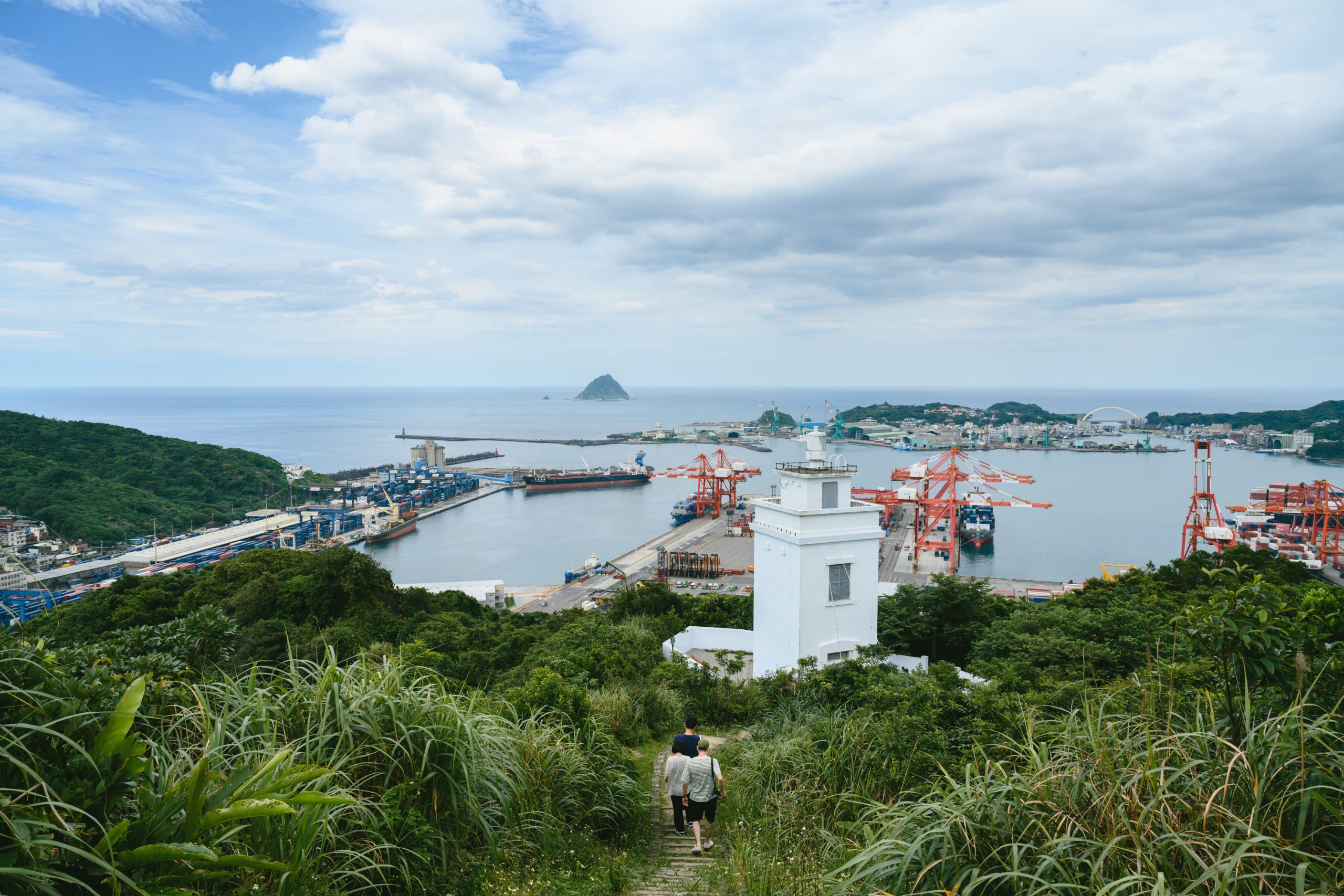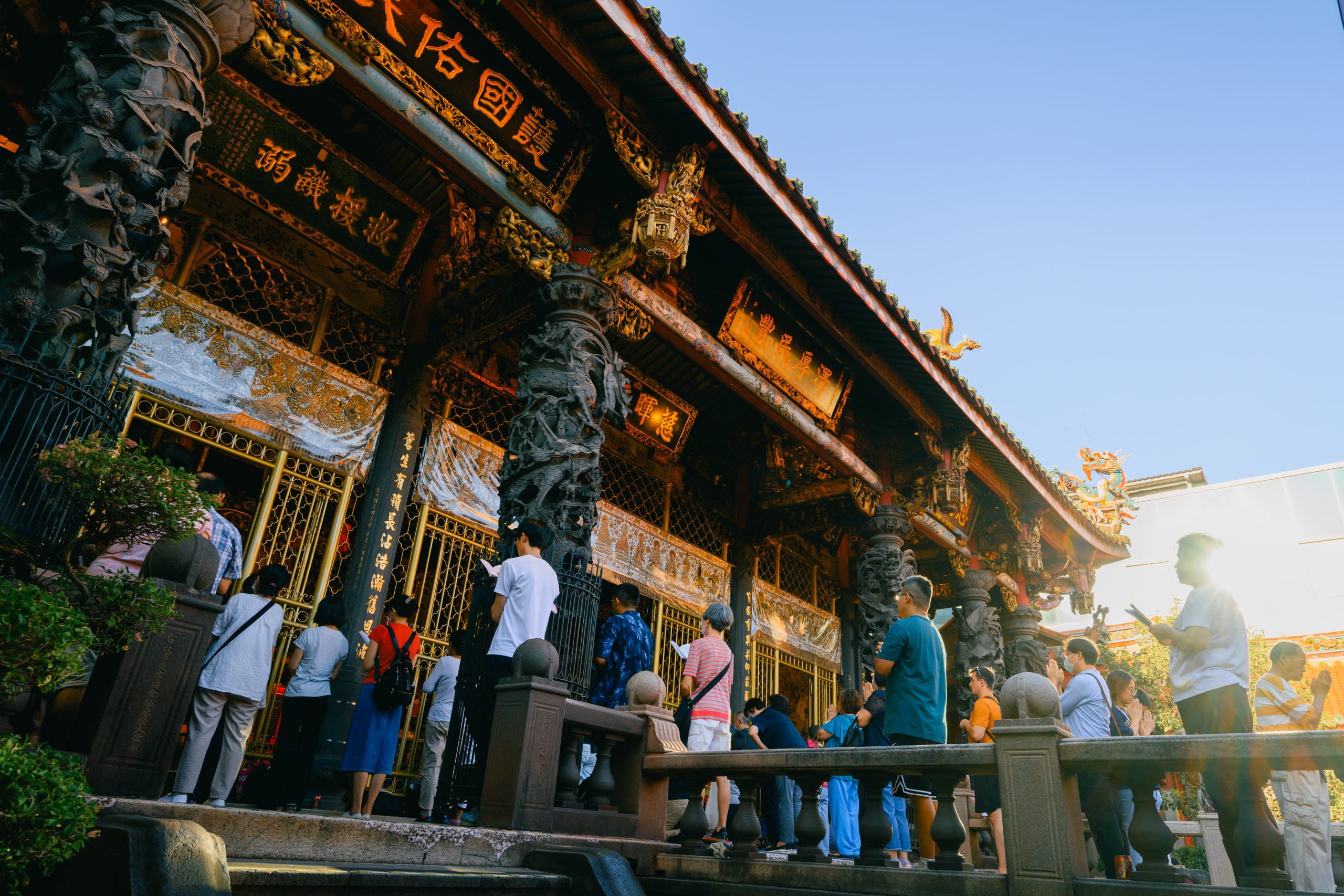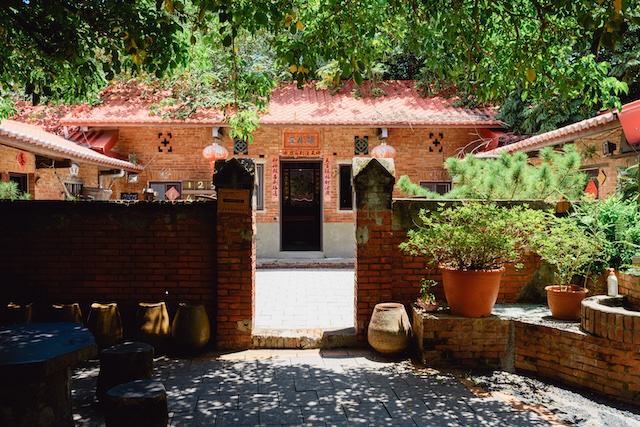Author CHRIS VAN LAAK
Photographer XHIN TOH
Many have dug themselves in in Keelung. The Spanish, the Dutch, the French and the Japanese built fortifications during the city’s long history, and some of them still stand out among its sights.
Visitors to Baimiweng Fort (白米甕砲台) might be confused as to who dug its four giant artillery emplacements into the ground. Some say the fort, which overlooks the sea from the Yue Lao Leisure Park (月老休閒園區), was built by the Dutch, while others say it was the Qing military. The first misconception is due to the similarity of the Chinese words for the Netherlands―Helan (荷蘭)―and Henan (河南), a Chinese province where soldiers deployed in the area after the war hailed from.
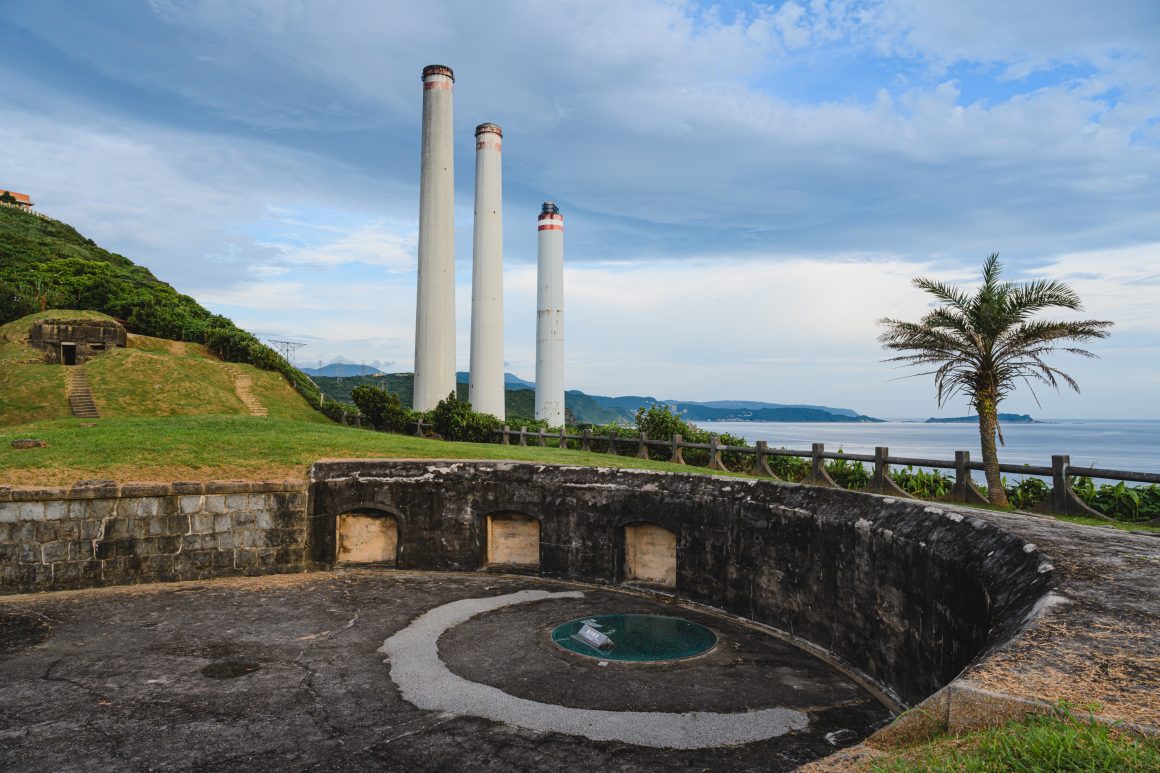
The batteries, in fact installed by the Japanese in 1900 to defend their
colonial port, are no longer there, but ammunition depots and observation posts can be visited. They are nestled beautifully between a green hill and, slightly hidden from view, the Hsieh-ho Power Plant.
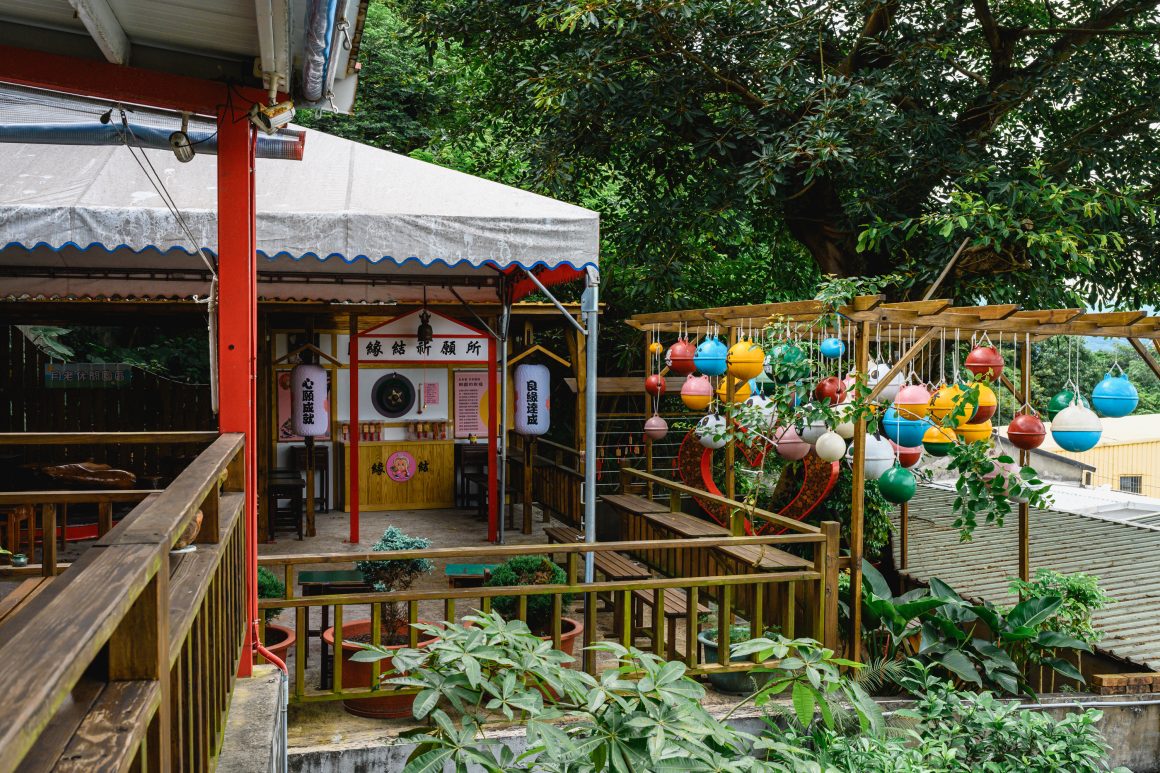
Don’t underestimate Keelung
Japan dismantled the Baimiweng batteries after winning the 1904-05 Russo-Japanese War. The four guns didn’t fire a single shot at Russian invaders, but that doesn’t mean Japan overestimated Keelung’s strategic importance.
In 1884-85, for example, French troops had occupied the city during their war with the Qing. They, too, left their mark.
Digging themselves in for a longer stay, French soldiers expanded Fairy Cave (仙洞巖) into an 80m-long system of caverns. Most visitors go there to see Buddha’s Hand, a natural structure in the cave’s ceiling, but I couldn’t stop thinking about how much French wine the alcoves carved into the walls by French soldiers were supposed to hold.
Trade trumps war
Above Fairy Cave, the 133m-high summit of Huohaoshan (火號山) offers one of the best views over Keelung―its inner district hugging the bay, its green hills, its sprawling port.
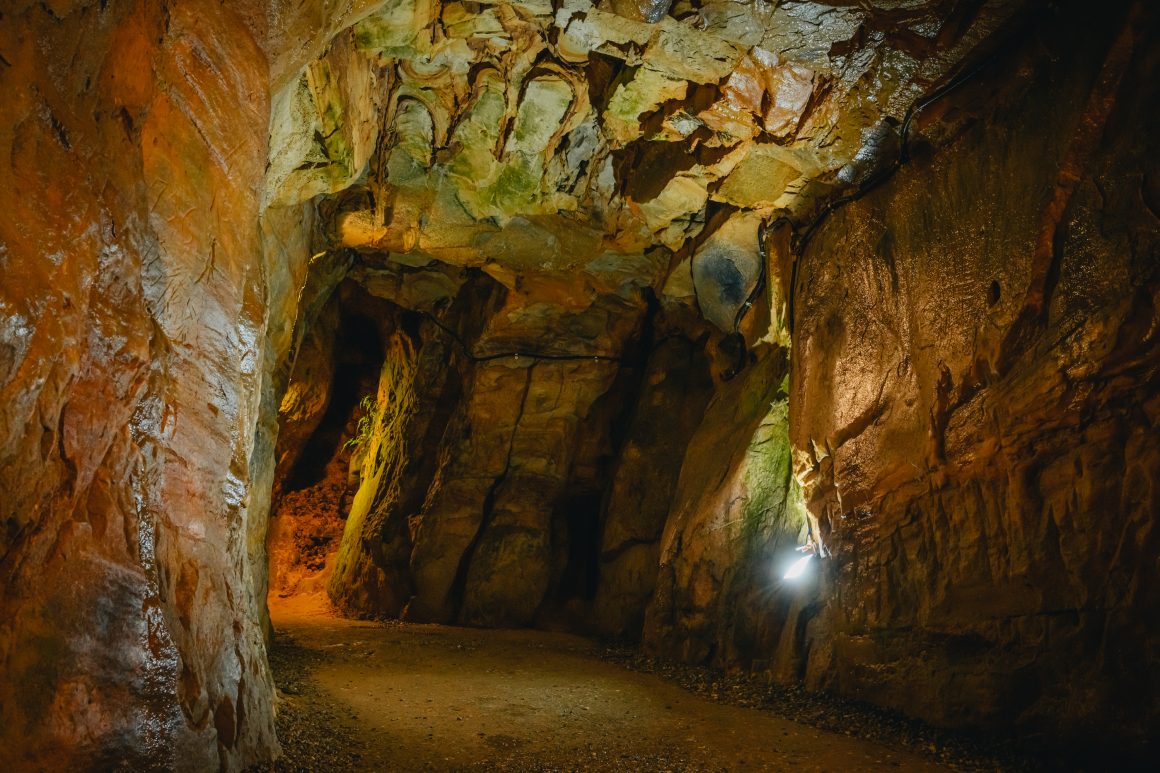
Trade has always been Keelung’s raison d’etre. Indigenous trade routes intersected here long before Chinese settlers arrived in the 17th century. They, too, focused on trade―which meant shipping the area’s exploits to China.
While it’s difficult to say whether the communities coexisted peacefully, local legend has it that residents never engaged in conflict. When they were barred from trading with the French, many just left Keelung to do business elsewhere.
Good times, bad times
The spirit of Keelung has always been to live and let live―and when options are better elsewhere, move on.
For most of its history, there was no reason to move on though. On the eve of World War II, Keelung had become Taiwan’s fourth-largest city and it shipped coal mined in the hinterland to foreign trading partners.
By 1984, it had also become the seventh-largest container port in the world, unfazed by a decline in coal mining. Virtually everyone was in some way involved in the shipping industry. The port employed about 6,000 people, and many others worked on ships operated by Yang Ming Marine Transport Corp.
The Keelung-based company remains in the global top 10 of container shippers, but it’s no longer a major local employer. The same goes for the port itself. Due to automatization and natural limits to expanding it, it now only employs about 200 people.
Keelung’s population has stagnated at around 350,000 for 40 years. Keelung residents are older than those in other Taiwanese cities, and many young people leave before they enter the job market. Those who stay usually commute to work in nearby Taipei.
In some places, the “good old times” can still be experienced. One of them is the Matoubao Rice Restaurant (碼頭報飯館), near Baimiweng Fort, which once served many local dockworkers, and preserved its concept even after they disappeared, continuing to evoke nostalgia.
Cruising Keelung
Meanwhile, Keelung is remaking itself once again, this time as a prime destination for luxury cruise ships, with itineraries that connect Taiwan and Japan. One day-tours to Taipei are especially popular among those who disembark in Keelung, but others stay in the city, eager to explore its culinary treasures.
And mouthwatering treasures are never far in away Keelung; they can for example be found at WeR國門廣場, a trendy eatery that offers locally sourced cuisine prepared by a sustainability-minded chef, right across from the cruise terminal.
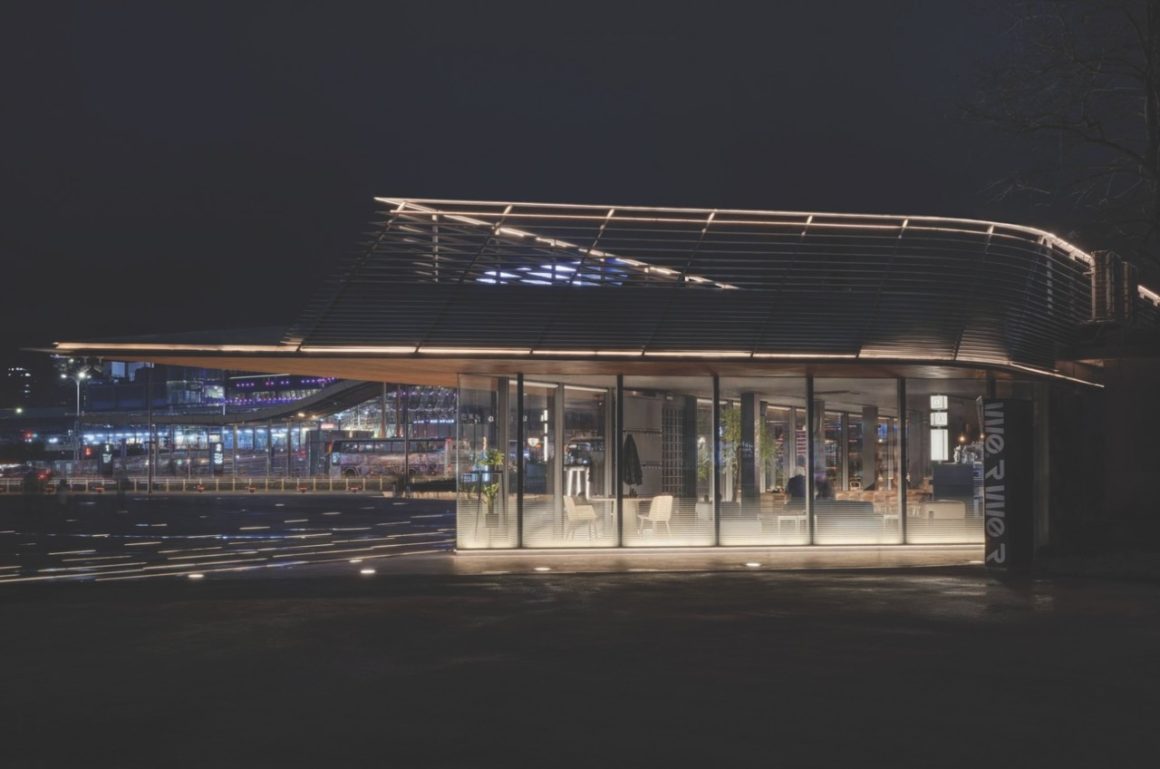
Alternatively, visitors can head to the Zhengbin Fishing Harbor (正濱漁港) or Badouzi Fishing Port (八斗子漁港) to feast on fresh seafood while taking in beautiful harbor views.
A stopover in Keelung is truly a win-win, for visitors who can enjoy its rich history and spectacular vistas, and for locals eager to lead their city into the future.
Pathfinder
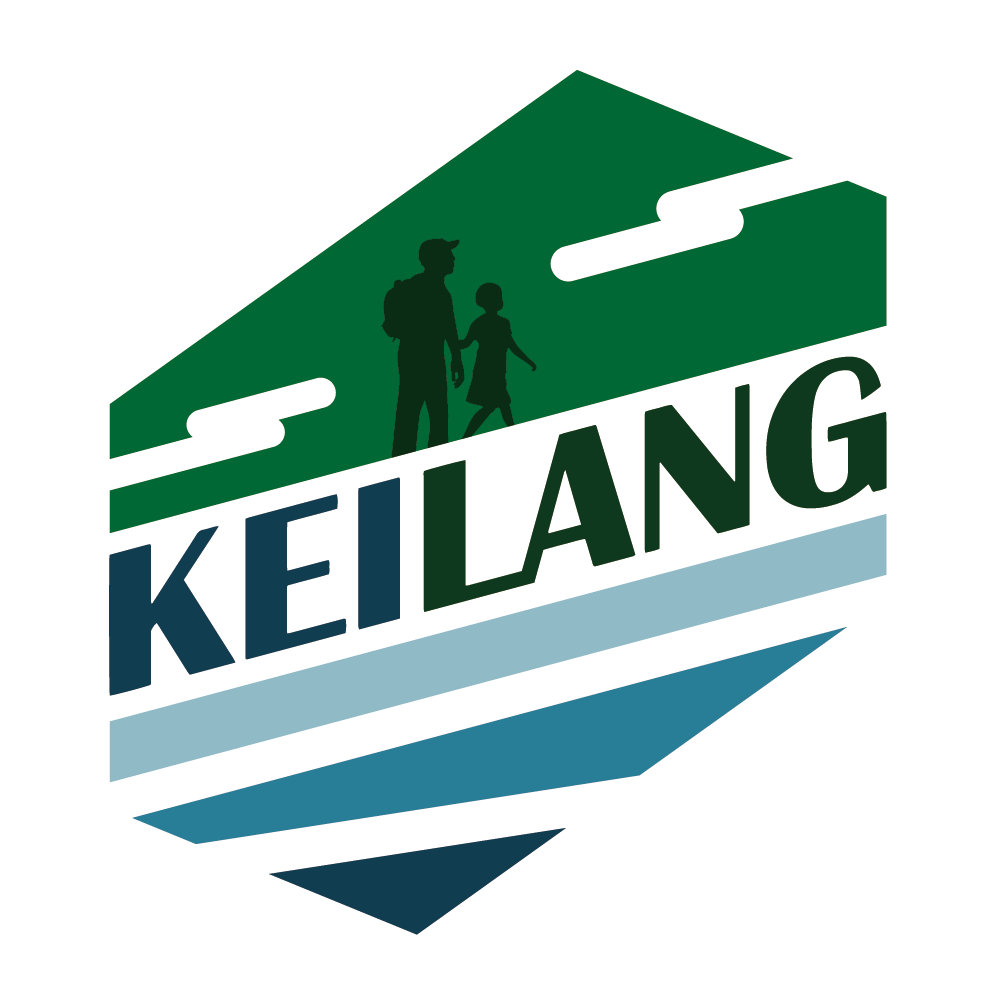
Stroll & Experience Western Keelung(漫步。體驗基隆港西)
The western side of Keelung is rich in culture and history, most of which is tied to its docks. Through the revitalization of cultural heritage and its integration with tourism, you can take part in guided walking tours to explore the area, or enjoy a picnic at Beimiweng Fort ruins while soaking in the natural surroundings and 400 years of cultural stories.

